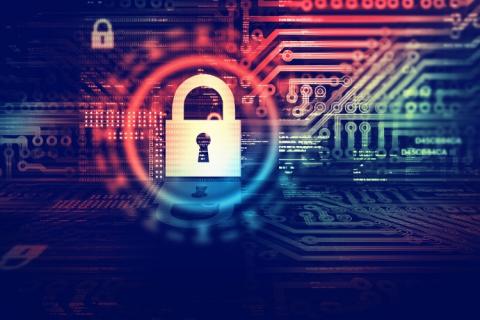Employee Monitoring Ethics | Ethically Monitoring Employees
All employers want to create a workplace where employees feel safe, valued, and trusted. We know that work satisfaction breeds life satisfaction, and generates more productivity and engagement among employees. As leaders, we naturally question the ethicality of any system involving data and privacy, because we want to make sure our workforce feels protected and trusted. When it comes to employee monitoring, the practice can sound much more sinister than it actually is.











